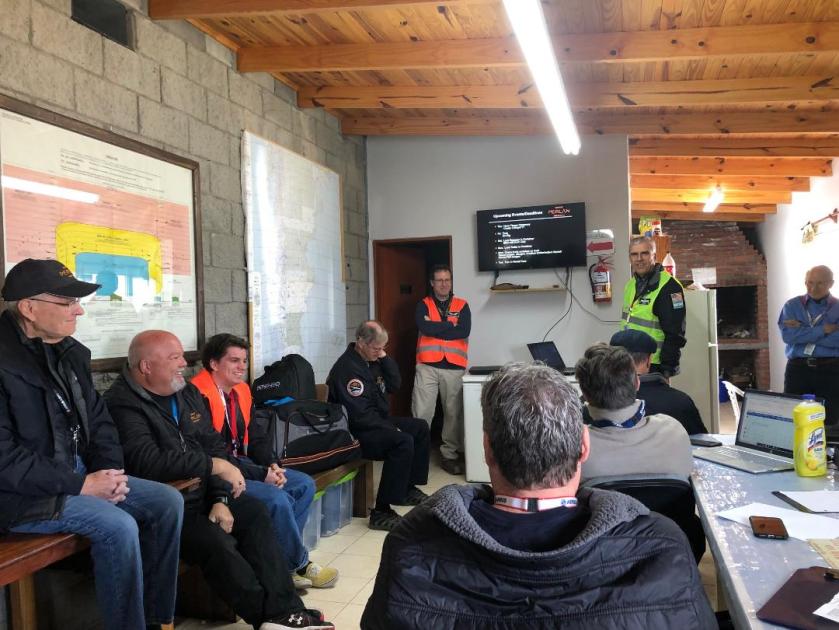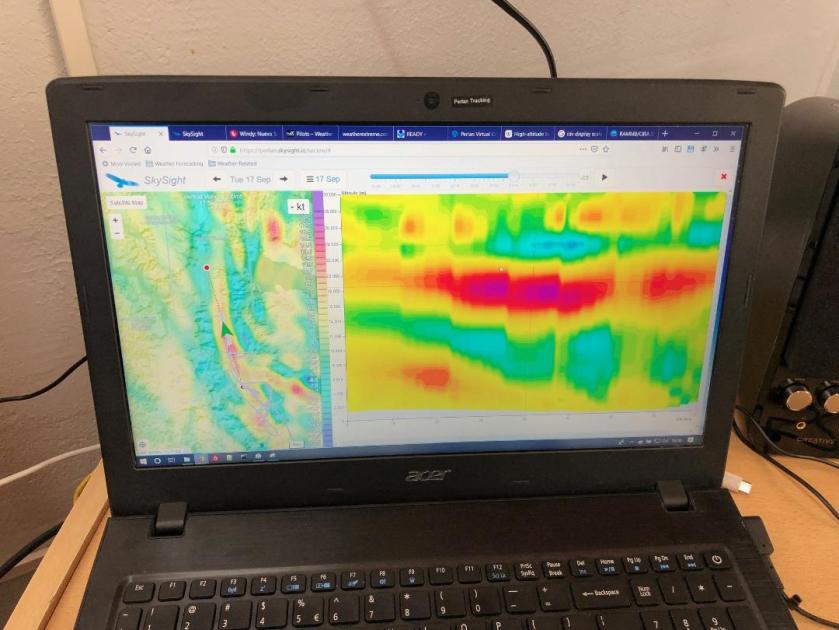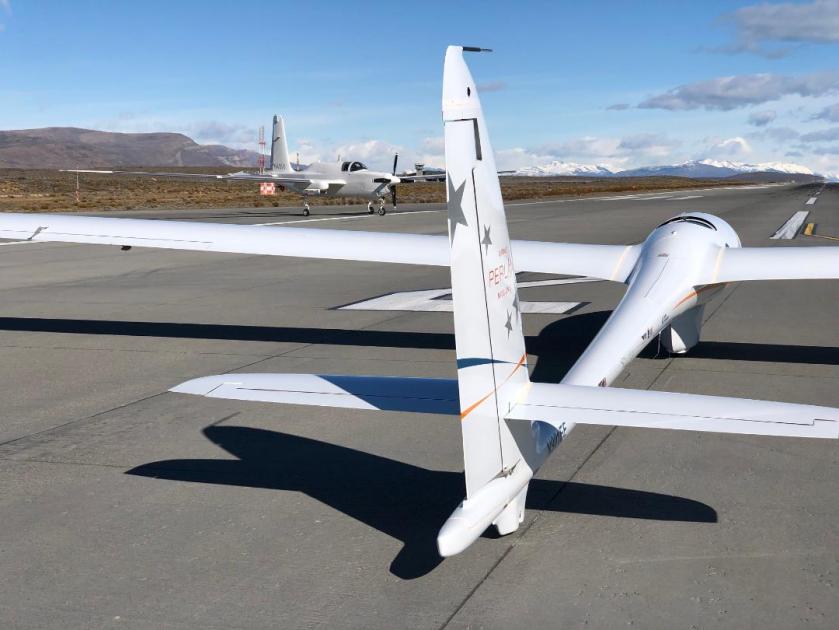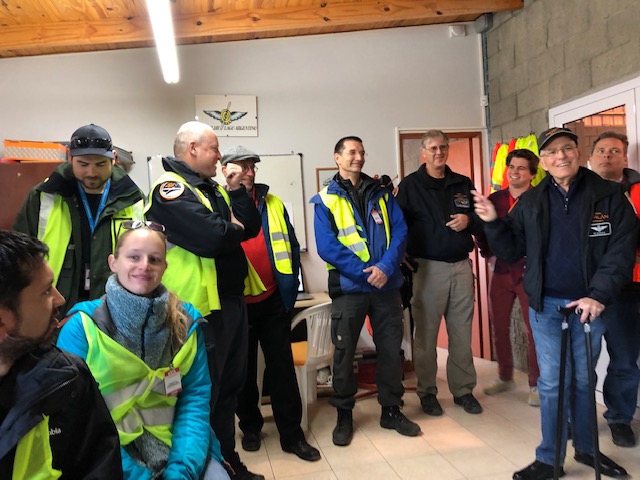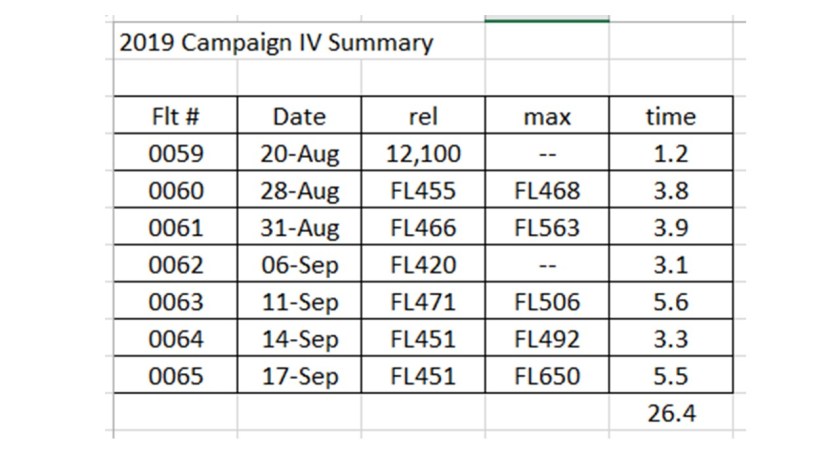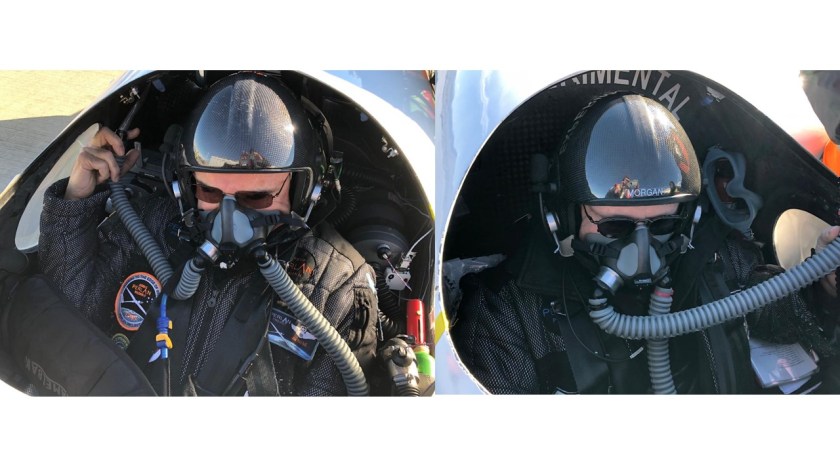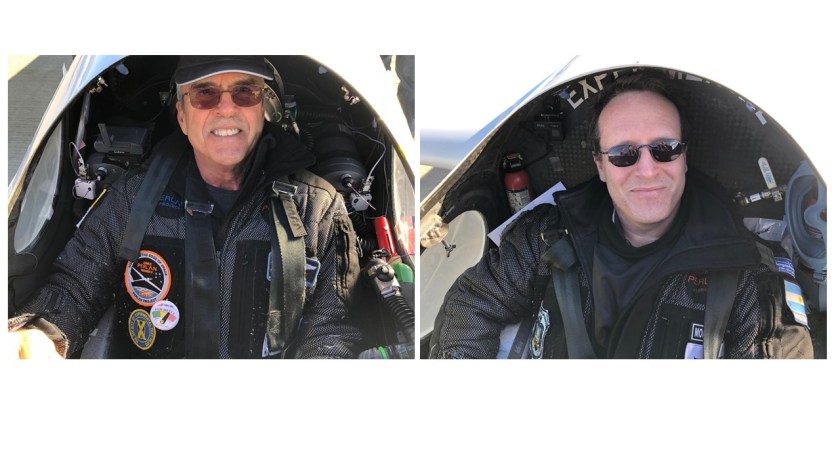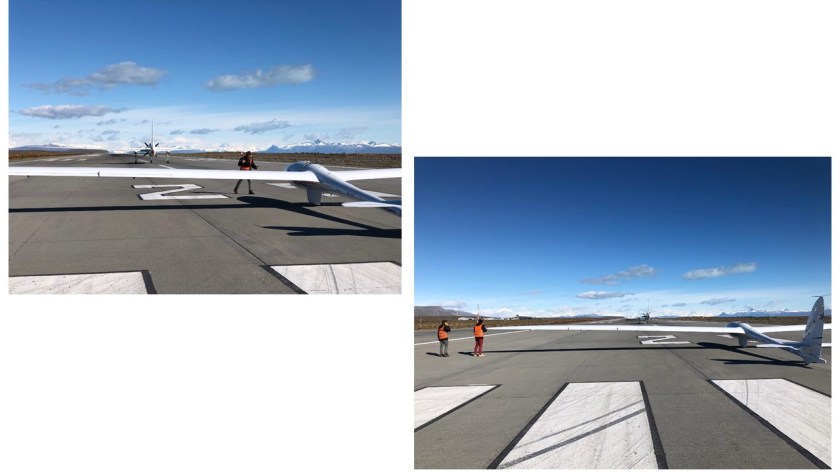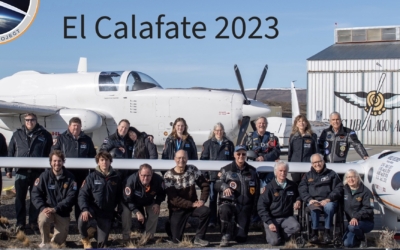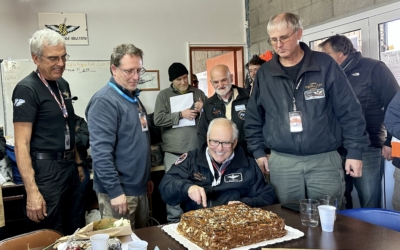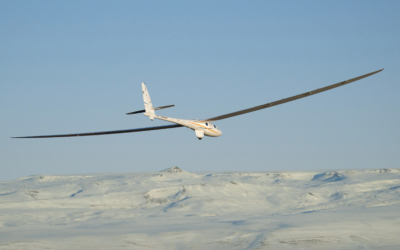Flight 65 to 65,000 feet
In 2019 Airbus Perlan Mission II has been ready to fly, but the stratospheric wave lift has been practically unusable above 60,000 feet. (see future Stratospheric Warming blog) The team kept a positive attitude and we launched every chance there was any remote possibility of usable wave around 40,000 feet. Flight #65 on September 17, 2019 had slightly stronger forecasts.
The Perlan 2 was prepped the days prior. We needed to tow from the runway in very tight time sections to fit between tourist-season increasing airliner traffic. The forecast was lift around 40,000 feet would be best in the morning, but lift above 50,000 feet would be best in early afternoon. And it would be very weak around 50,000 feet.
Before sunrise the team arrived at the airport gate to finish the pre-flight. The German science team from DLR visited during the final preparations to get ready for the early flight. They were led by Dr Andreas Dornbrack. He is a well-respected scientist who has studied atmospheric wave structures even higher than the stratosphere.
Jim and Morgan dressed warmly and tested the heated clothing. After getting settled in the cockpits they donned helmets and face masks. Hoses were held up to help purge any nitrogen out of the re-breather system. Then they started breathing 100% oxygen for over an hour total during ramp, truck tow out to the runway, and including the aero tow behind the mighty Egrett.
Wyll and Bennett did the hook up and wing run. Bruce and Tago provided strong hands to hold the wing and stow the ground handling equipment. I provided a watchful eye to make sure all went as planned and some photography. The launch/recovery crew has been superb all season.
Once airborne on tow Egrett found very weak lift until 45,000 feet where the Perlan 2 released. Jim said it was hard work to stay aloft in weak stuff waiting (and hoping) the lift would improve. They slowly climbed and continued to search for any hot spots with better lift. This was a test of perseverance to claw their way to 65,000 feet. Above that the wind died back and no longer supported wave above 65,000 feet. The horizontal lift bands shown in the photo of forecast lift bands ideally should be vertical! This flight was the highest for 2019 and the third highest ever soaring flight in the world. It proves that the designed wave-running capabilities of Perlan 2 can be successful even with minimal stratospheric lift.
After almost 5 hours of brutal cold and no further lift, the Perlan 2 air brakes came out and they started dropping 7700 feet per minute. Again they needed to space themselves between airline departures. Perlan 2 came down so fast that Morgan’s hatch was still frosty upon landing. Jim had wiped his hatch window to give additional visibility in the typical steep turn to final.
In the flight de-brief the next day, weatherman Dan Gudgel saw no other opportunities for higher stratospheric wave that Perlan 2 is designed to investigate. The team unanimously decided to pack up one day earlier than originally planned. It was a successful campaign for gathering scientific data exactly where and when the South Pole experienced a rare weather phenomenon called sudden stratospheric warming. (see separate blog) It successfully demonstrated that the Perlan 2 can climb in marginal stratospheric lift.

